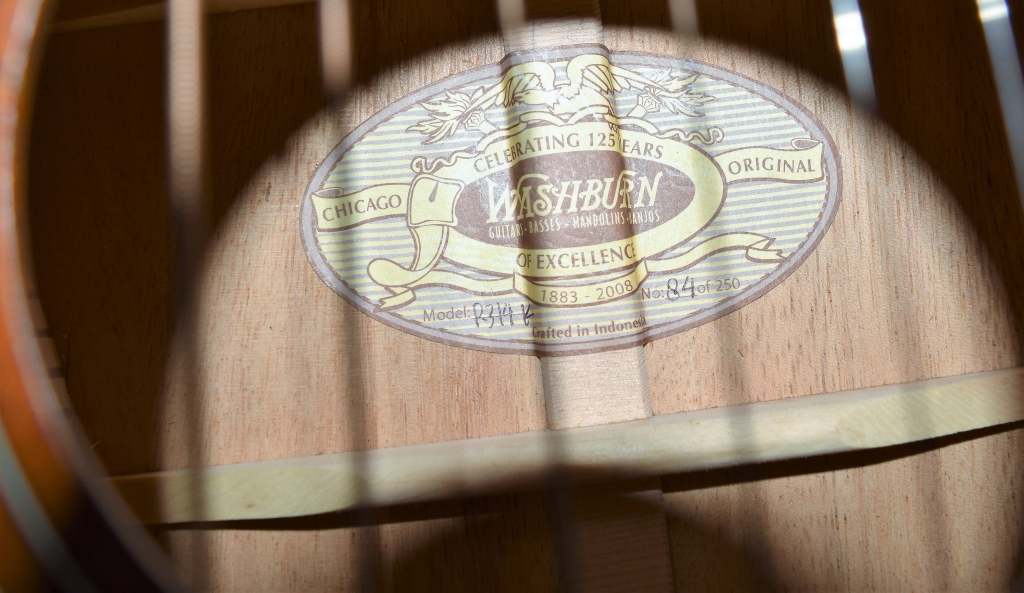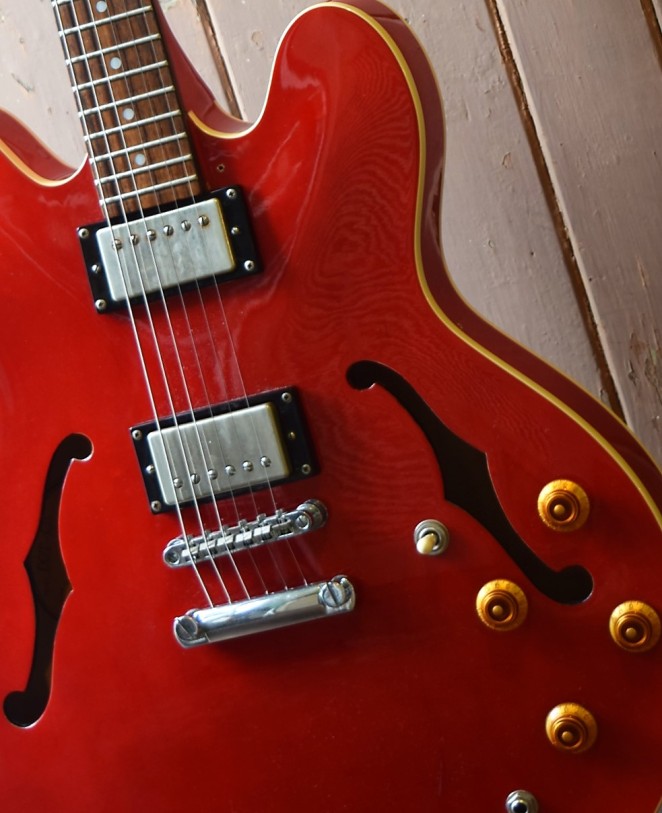 Miles Davis says in the prologue of his autobiography, “Listen. The greatest feeling I ever had in my life – with my clothes on – was when I first heard Diz and Bird together in St Louis, Missouri, back in 1944 … Man that shit was so terrible it was scary.”[1]
Miles Davis says in the prologue of his autobiography, “Listen. The greatest feeling I ever had in my life – with my clothes on – was when I first heard Diz and Bird together in St Louis, Missouri, back in 1944 … Man that shit was so terrible it was scary.”[1]
It must have been an amazing feeling to actually be there when the massive tidal wave that was bebop hit the music scene. For jazz musicians used to the easy swing of the big band era of the thirties and forties, this new musical invention must have been, as Miles suggested, ‘scary’. On another more egotistical level, there was a feeling of personal insult amongst many of the leading swing musicians of the 1940’s who saw this wild new music as a flagrant disrespect for the jazz that these old legends had fought so hard and suffered so much for. Certainly they were right, bebop was a departure from form. I would argue, however, that it is in fact a logical extension of swing’s fast four-four beat but without the uniformity of swing’s accents or the consistent beat of the bass drum.
In essence any common chord progression could be used in the bebop style because the progression was merely the harmonic vehicle to showcase the musicians’ virtuosic ability. Clearly this was not a music designed for easy listening, a fact that, as I have already suggested, would have upset older, more established musicians who were used to entertaining their audiences by giving them what could be easily enjoyed by the average listener. Bebop challenged these boundaries and promoted itself as an art form that required its audiences to listen intently rather than dance. This effectively removed jazz from the mainstream of popular music, which would have only polarised many of the jazz establishment even further.
Not that this would have concerned the ‘boppers’; the bebop message was never aimed at achieving mainstream acceptance. Its many detractors notwithstanding, it offered to its followers a chance to buck against accepted norms in much the same way that folk protest music and then rock music harnessed the voice of change in the 1960s. This was undoubtedly the case for young musicians like Miles – bebop was the chance that they had been waiting for. It was their opportunity to be part of a totally new musical direction that not only challenged the accepted status quo but gave the new generation a unique voice that set it apart from what had gone before. In the eyes of these young lions bebop was the hip new injection that jazz was waiting for and its creators Charlie Parker and Dizzy Gillespie were the new stars to be emulated. They and those like Miles who immediately followed them were not only young and supremely talented but bored and rebellious and committed to their art. In short, they lived for playing. Each one of them heard a fragment of the future. It was when they came together that ‘modern jazz’ was really born.
Keep music live.
[1] Miles Davis with Quincy Troupe., Miles: The autobiography, (New York: Simon and Schuster, 1989), p.V






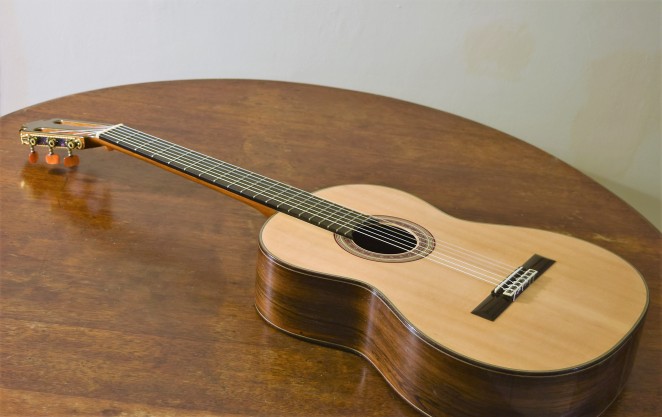
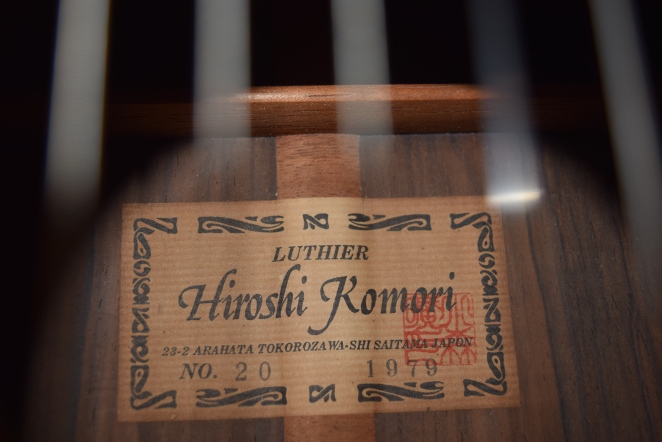

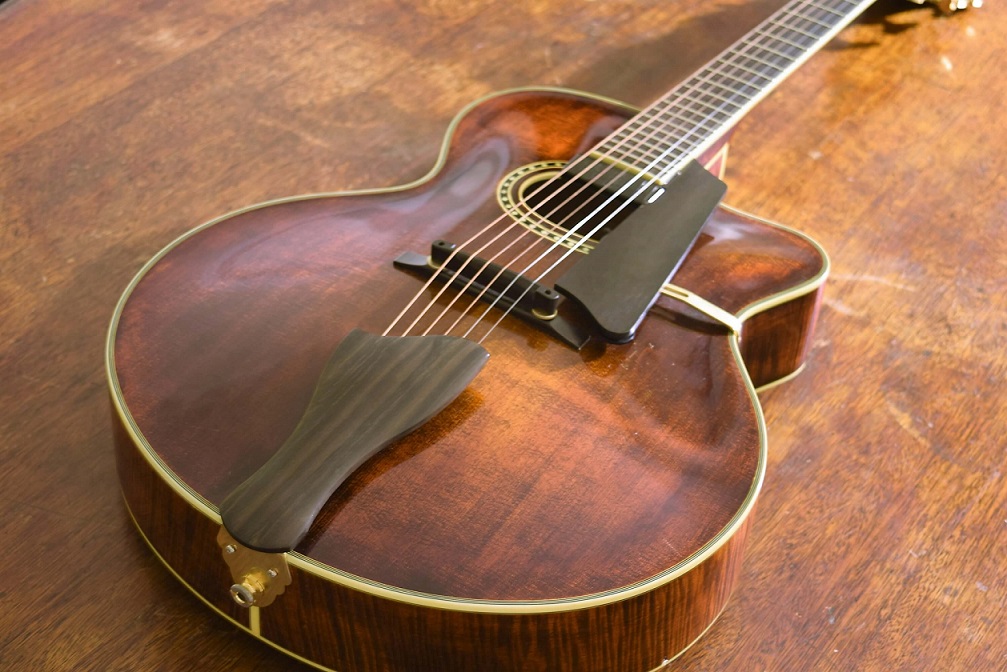
 Miles Davis says in the prologue of his autobiography, “Listen. The greatest feeling I ever had in my life – with my clothes on – was when I first heard Diz and Bird together in St Louis, Missouri, back in 1944 … Man that shit was so terrible it was scary.”
Miles Davis says in the prologue of his autobiography, “Listen. The greatest feeling I ever had in my life – with my clothes on – was when I first heard Diz and Bird together in St Louis, Missouri, back in 1944 … Man that shit was so terrible it was scary.”